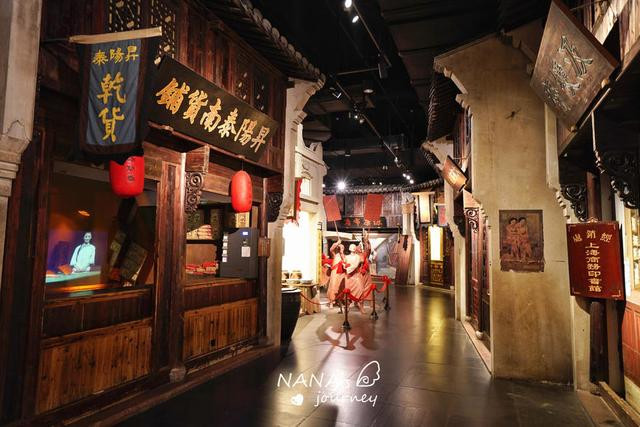
A 4 – day Self – driving Trip to Savor Authentic Ningbo Flavors
Hey there, foreign friends! I’m excited to share with you a wonderful 4 – day self – driving trip to Ningbo, a city full of history, culture, and natural beauty.

General Information
- Duration: 4 days
- Time: July
- Per capita cost: 2000 yuan
- Companions: My parents
- Activities: Self – driving, free travel, weekend getaway
Destinations
We visited many amazing places in Ningbo, including Ningbo Museum, Laowaitan (Old Bund), Dongqian Lake, Nantang Old Street, Xuedou Mountain, Yuehu Lake, and the former residence area of the Chiang family.
The Charm of Ningbo
Ningbo, a famous historical city in Zhejiang, is surrounded by mountains and faces the sea. It has beautiful scenery and diverse cultures. It was an important geographical location, being the origin of marine culture and a model of Jiangnan flavors. There are countless authentic flavors here, whether they are ancient, elegant, fresh, or pious.
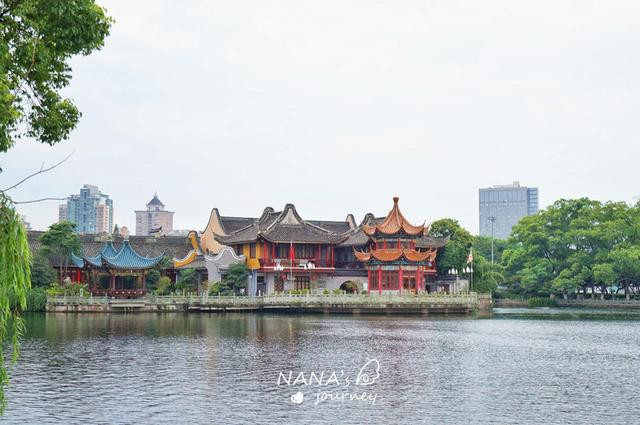
Itinerary
- Day 1: Pick up the car in Ningbo – Ningbo Museum – Laowaitan
- Day 2: Dongqian Lake – Xiaoputuo
- Day 3: Xuedou Mountain in Fenghua Xikou – Former Residence of the Chiang Family
- Day 4: Nantang Old Street – Yuehu Park – Gulou, Return the car in Ningbo
Ningbo Museum: Where Modernity Meets History
To understand a city, the best way is to start from its museum. Ningbo Museum is a popular internet – famous spot. Designed by the famous architect Wang Shu, it uses Qin bricks, Han tiles, and tiles from the Tang, Song, Ming, and Qing dynasties collected during the old city renovation as exterior wall decorations, presenting an irregular and post – modern artistic style.
The museum is free. You just need to make an appointment on the official WeChat account and have your temperature checked before entering. It has three floors. The most classic part starts from the second floor. The first – floor galleries usually host special exhibitions. The large irregular trapezoidal staircase connecting the three floors is very imposing and a favorite place for kids.
In the museum, we can learn about the early Hemudu Culture in the Ningbo area, which dates back 7000 years. There are vivid restorations of the living scenes of that time, delicate pottery, and displays of the local kiln – making process. The “Oriental Shenzhou” exhibition hall shows the 7000 – year civilization history of Ningbo through seven parts. The “Ala” (local dialect for “we”) old Ningbo section displays the old – time Ningbo with six sub – parts, showing the old saying “No Ningbo people, no city”.
Laowaitan: A Place of Shanghai – style Culture
Laowaitan is located at the confluence of the three rivers in Ningbo and was the gateway to the ancient city of Ningbo. It has a longer history than the Bund in Shanghai. After the signing of the “Nanjing Treaty”, Ningbo became one of the “Five – port Trading Ports” and was officially opened in 1844.
The most ancient relic here is the broken wall at the south entrance, covered with greenery and full of historical flavor. Next to it is the Jiangbei Catholic Church, a typical Gothic – style building built in 1872. It stands at the river mouth and can be clearly seen from any riverside, like a landmark.
Nowadays, Laowaitan is a favorite place for young people. There are many bars with artistic decorations outside. During the day, it’s a great place for us to take literary photos, and at night, it turns into a place full of music. The buildings here have a strong European – style, and there are also Shikumen buildings in the inner alleys, showing the combination of Chinese and Western cultures.
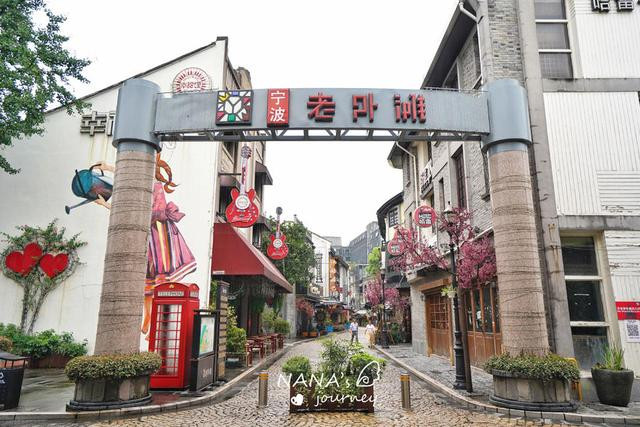
Dongqian Lake and Xiaoputuo
Dongqian Lake is three times the size of the West Lake. It is surrounded by green mountains and has beautiful scenery, praised by Guo Moruo as having “the scenery of the West Lake and the grandeur of Taihu Lake”.
The Xiaoputuo Scenic Area on Taogong Island is mainly a long embankment leading to the opposite shore. Along the way, we can enjoy the lake view and go to the famous temple on the embankment to pray. There is a boat dock outside the scenic area, offering both slow boats and speedboats. But I prefer to stroll on the embankment.
The most famous thing here is the Water – standing Avalokitesvara. The natural beauty of Dongqian Lake combined with the Avalokitesvara for prayer can calm down the most impetuous heart. The Xiayu Temple in Xiaoputuo is hidden in a dense forest. The cave – like grotto in the temple was built in the Song Dynasty and has several places for worship.
Xikou Town: A Millennium – old Ancient Town
Xikou Town, located in Fenghua District, Ningbo, is not only a beautiful tourist town but also the hometown of Chiang Kai – shek and Chiang Ching – kuo. There are 22 well – preserved Chiang family relics and Republican – era historical sites in the former residence area of the Chiang family.
When entering Xikou Town, we must pass through Wuling Gate, named after the Wushan Ridge. Inside the gate, the old – time living atmosphere is still preserved. The ancient houses in the town have been turned into shops selling local specialties. The Chiang Family Ancestral Hall is a place for clan activities, and it houses many precious collections.
Places like Fenggaofang, Wenchang Pavilion, the Small Western – style Building, and Yutai Salt Shop all have their own stories and historical significance. Standing on Wuling Gate, we can overlook the whole Xikou Town. And when the lights come on in the evening, the town takes on a different charm.
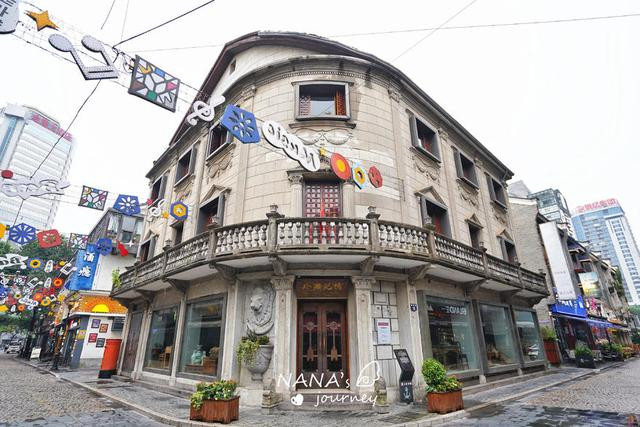
Xuedou Mountain: A Famous Buddhist Mountain
Xuedou Mountain, with an altitude of 800 meters, is the highest peak of the Siming Mountain range. It is known as “the Penglai on the sea and the Tiantai on land” and is one of the five famous Buddhist mountains in China, being the Taoist temple of Maitreya Buddha.
We first went to Sanyintan. Along the canyon, the pools and waterfalls present various postures. The waterfalls here are spectacular, and there are even small trains in the mountains, allowing us to enjoy the natural scenery more easily. The Qianzhangya Waterfall is extremely magnificent.
Taking the cable car to Miaogao Platform, we can see the beautiful Tingxia Lake. From Miaogao Platform, the view of the Qianzhangya Waterfall from a different angle is also very spectacular.
Nantang Old Street: A Taste of Old Ningbo
Nantang Old Street was once the gathering place of the old Ningbo business and trade culture. Now, after renovation, it combines historical relics with modern commercial atmosphere.
There are many local specialties here, such as Ningbo tangyuan (glutinous rice balls), whose fillings have developed from red bean paste to rose and durian. Many shops here have a literary style, and there are also many handicraftsmen showing their amazing skills. There are also many historical relics hidden in the alleys, like the stage, the octagonal pavilion, and the covered corridor.
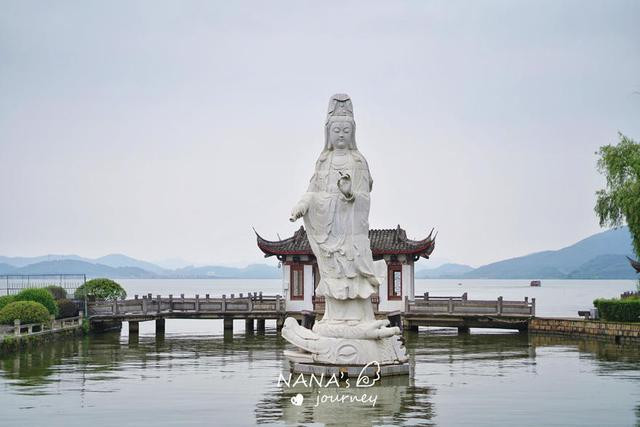
Yuehu Park and Gulou
Yuehu Park in the urban area of Ningbo is like the “lung of the city”. It was formed in the Tang Dynasty. The Grand Canal Water – level Stele in the park is an early – stage water – conservancy project used to judge drought and flood disasters in Ningbo.
The Baokui Lane Shishi Hometown and Shi Hao’s Former Residence along the river have been turned into exhibition halls and teahouses. The Fangcao Islet in the north of Yuehu Lake is one of the ten scenic spots of Yuehu Lake, a delicate small garden. There is a boating project here, which makes people recall the past of Fangcao Islet.
Gulou, near Yuehu Park, is a landmark in Ningbo. It was built in the Tang Dynasty and has a unique Chinese – Western combination style due to the addition of a cement – steel square observation tower and a bell tower in the Republican era.
So, dear friends, this is my wonderful self – driving trip to Ningbo. I hope you are also attracted by the charm of this city and have the opportunity to visit it one day!



